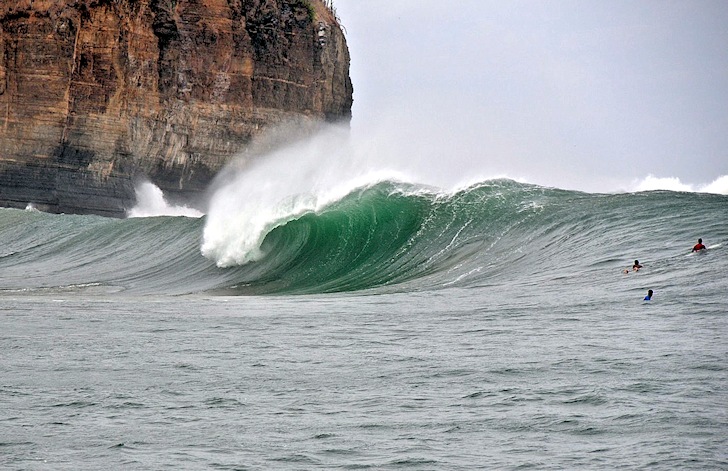Nicaragua enjoys a tropical climate with a dry season (between January and June) and a rainy season (from June to December).
The temperature may vary in the three main areas of the country.
On the eastern coast of Nicaragua, there's more rain than along the western shore.
Tropical storms and strong hurricanes are quite frequent in the Caribbean Sea side of Nicaragua.
The Central American country offers a total of 910 kilometers of coastline.
Nicaragua is known for being the "land of lakes and volcanoes" and balances between a Pacific and Atlantic cultural inspiration.
Nicaragua is one of the best surf countries in Latin America.
Here, you can find incredible uncrowded surf peaks for all levels of experience. Also, Nicaragua begins to offer quality surf camps for all foreign surfers.
On the western coast, it's easier to find pumping surf spots, and there are beach breaks for everyone.
Playa Hermosa, San Juan Del Sur, Playa Remanso, Tamarindo, Playa Colorado, Astillero, Playa Santana, Playa Maderas, El Coco and Popoyo are the best surf spots in Nicaragua.
You'll find crystal clear blue water, and a wetsuit will not be necessary while surfing the Pacific coast of Nicaragua.
On the eastern coast, surfing is less popular, but you might find great waves at Islas del Maíz (Corn Islands), two islands 70 kilometers (43 miles) off the Caribbean coast of Nicaragua.
